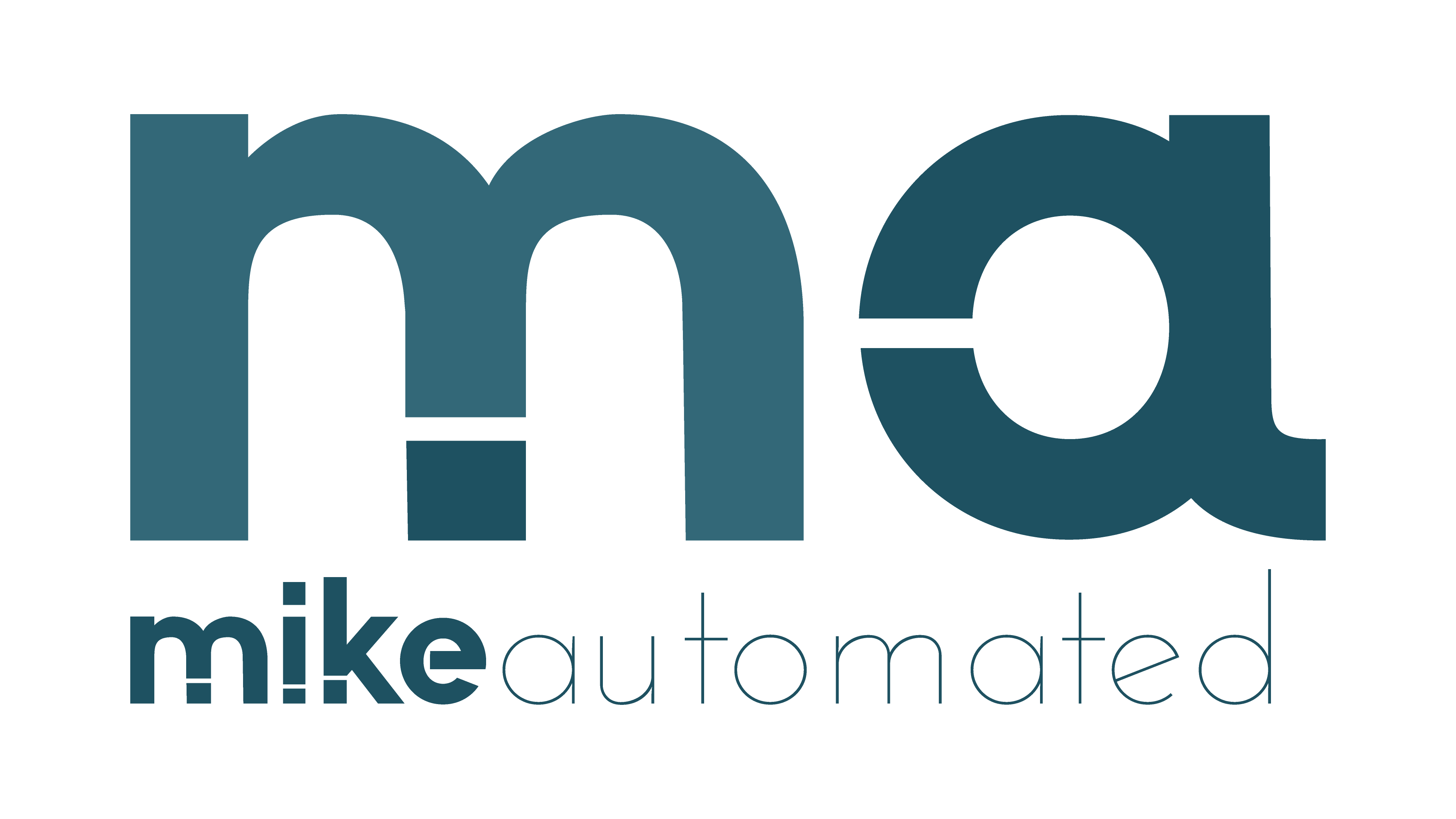TL;DR:
- Artificial Intelligence (AI) transforms how personal data is collected, analyzed, and used.
- The balance between technological innovation and ethical data use poses significant challenges.
- AI’s impact on privacy depends on its design, regulation, and application.
- Transparency and data protection laws are critical in addressing AI privacy concerns.
- Empowering individuals with control over their data is key to ethical AI practices.
What Is the Connection Between AI and Privacy?
Artificial Intelligence (AI) drives innovation across industries, improving efficiency, personalization, and decision-making. However, these advancements often rely on the use of vast amounts of personal data. While AI has the power to transform society, it also raises critical issues about data privacy and ethics. AI systems thrive on data. From social media interactions to purchasing behavior and health records, these systems analyze sensitive information to develop insights and recommendations. But what happens when this data is mishandled? Concerns about unauthorized access, data misuse, and surveillance have placed AI and privacy at the center of tech ethics discussions.Why Is Privacy a Growing Concern in AI?
Data privacy has become a pressing issue as the adoption of AI accelerates. Below are several key reasons why privacy demands attention:- Data Volume: Modern AI systems require enormous datasets to function effectively, increasing the risk of data breaches or unauthorized access.
- Bias and Misuse: Improperly trained AI can unintentionally reinforce biases or misuse personal information for unintended purposes.
- Lack of Transparency: Many users do not understand how their data is collected or used in AI processes.
- Rapid Regulation Lag: Legislators often struggle to keep up with AI developments, leading to gaps in existing privacy laws.
Example: AI in Facial Recognition
Facial recognition technology highlights how AI innovation collides with privacy concerns. While it offers benefits in security and identification, its misuse could lead to unethical surveillance, profiling, or even wrongful identifications. For example, some governments and organizations use this technology without obtaining explicit consent, raising significant privacy red flags.How Can We Balance AI Innovation With Privacy?
Balancing AI innovation with privacy protection involves thoughtful design, clear governance, and active participation from both individuals and organizations. Here are key strategies to consider:1. **Implement Transparent Data Practices**
Transparency forms the cornerstone of ethical AI practices. Organizations leveraging AI should clearly explain how they collect, use, and store personal data. For instance:- Use concise and accessible privacy statements.
- Offer real-time notifications about data usage.
- Leverage visual aids, such as infographics, to explain data collection practices.
2. **Enforce Privacy-By-Design Principles**
Privacy-by-design ensures that privacy is embedded into AI systems from the start. This principle involves:- Minimizing the amount of data collected by default.
- Using encryption and anonymization techniques.
- Regularly auditing AI models for compliance and fairness.
3. **Strengthen Regulatory Frameworks**
Robust regulations, such as the General Data Protection Regulation (GDPR) in the EU and the California Consumer Privacy Act (CCPA), establish clear guidelines for AI use and data protection. However, enforcement is key. Governments worldwide must invest in updates to keep pace with emerging technologies. Frameworks should mandate:- Clear accountability for data misuse or breaches.
- Regular impact assessments for AI applications.
- Consequences for non-compliance, such as fines or bans.
4. **Empower Individuals With Data Control**
Users need tools to manage their personal data effectively. Empowering individuals creates trust while fostering accountability for organizations. Features such as:- Simple opt-out mechanisms.
- Clear privacy settings for online platforms.
- Self-destructing data options for sensitive information.



